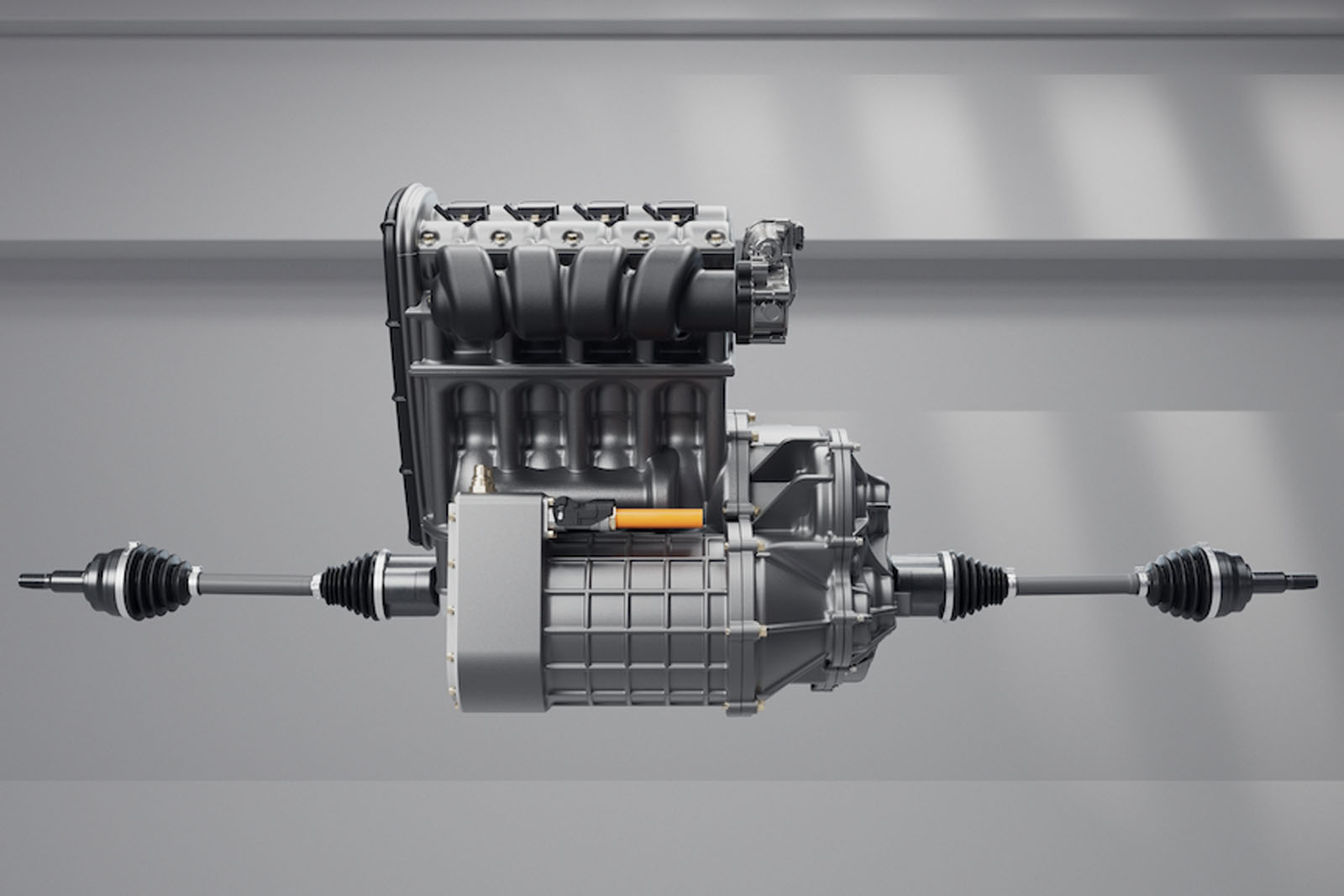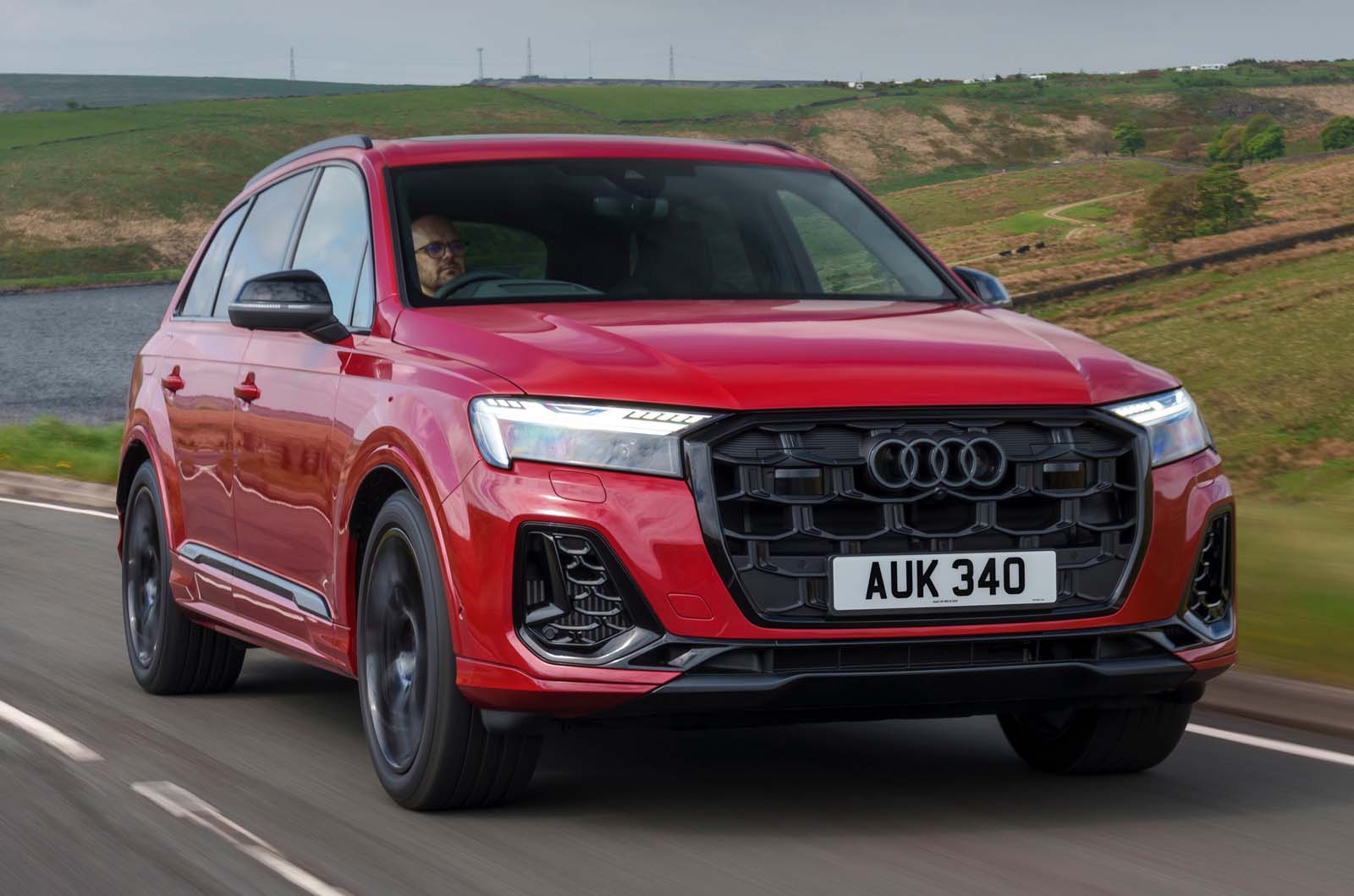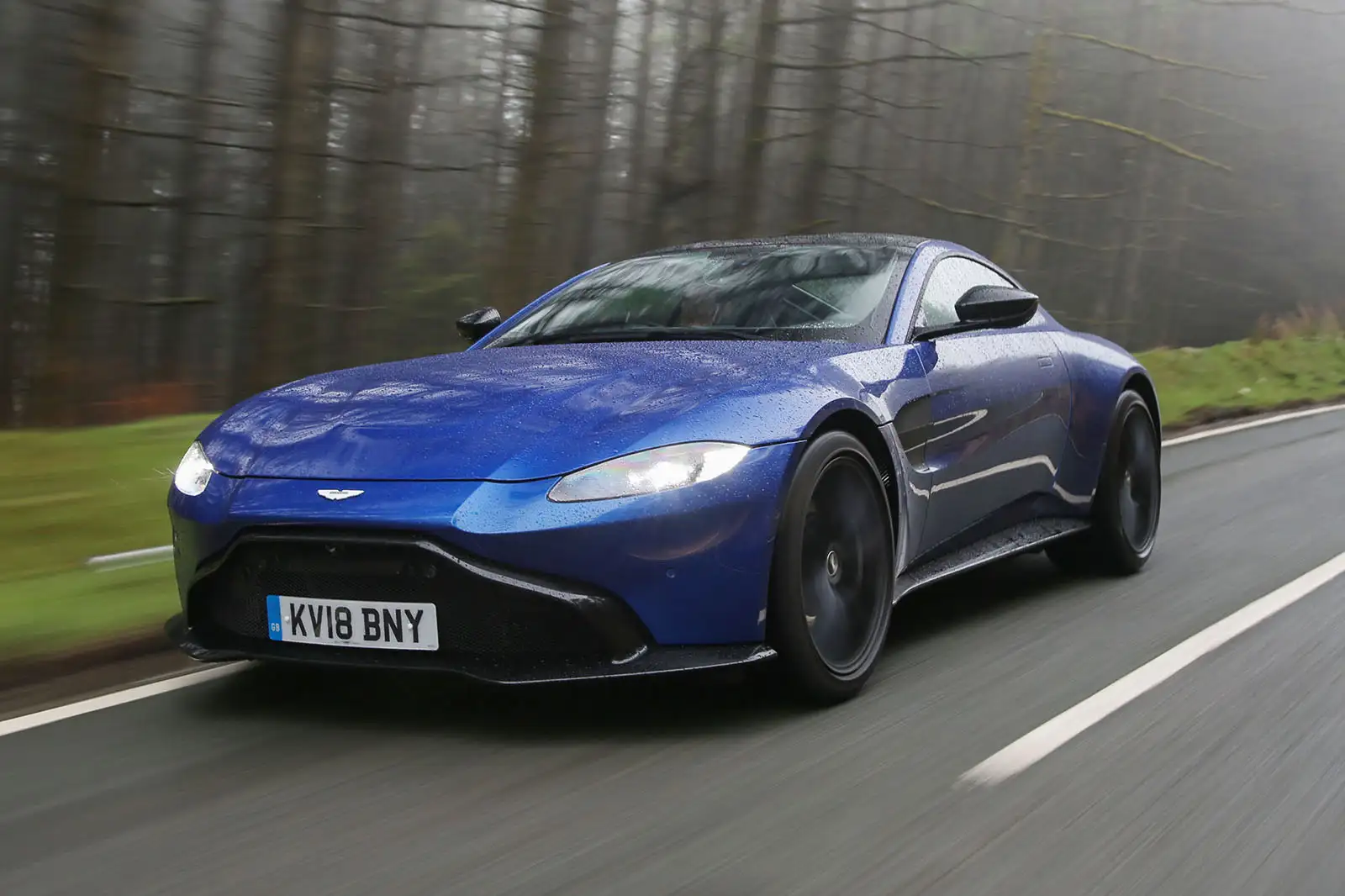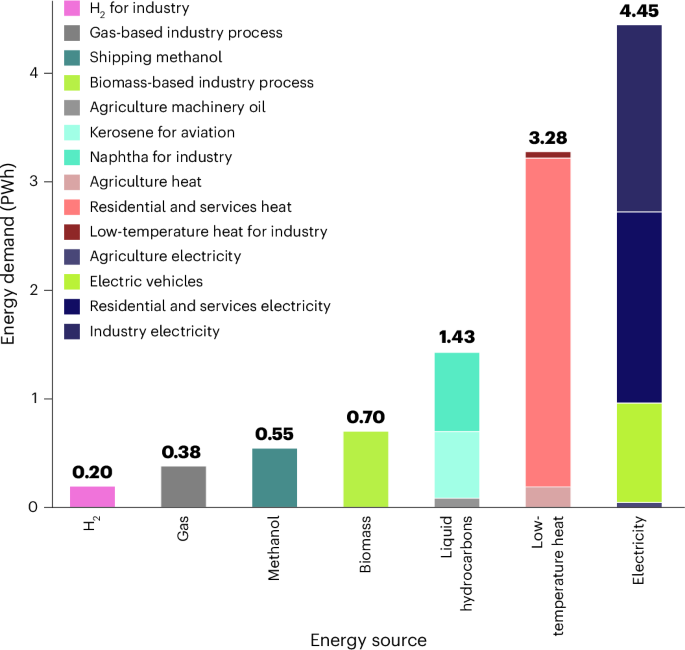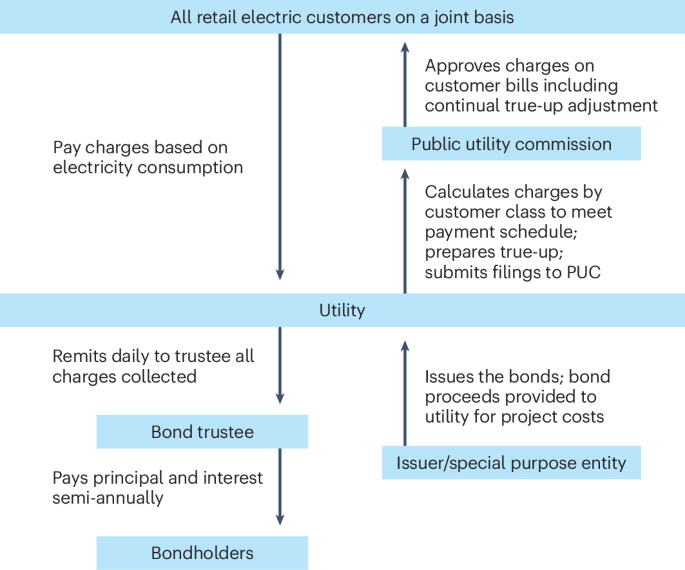IIHS Investigates How Vehicle Sizing Differences Impacts Crash Safety
The Insurance Institute for Highway Safety (IIHS) finally appears to be looking into how vehicle sizing impacts crash safety. Due to a myriad of factors, modern vehicles are larger and heavier than ever before. The IIHS seems interested in determining what the right size of a vehicle should be to help mitigate on-road fatalities.


The Insurance Institute for Highway Safety (IIHS) finally appears to be looking into how vehicle sizing impacts crash safety. Due to a myriad of factors, modern vehicles are larger and heavier than ever before. The IIHS seems interested in determining what the right size of a vehicle should be to help mitigate on-road fatalities.
We’ve been discussing the relevance of vehicle sizing disparities for years. Modern automobiles are quite massive when compared to their predecessors, undoubtedly contributing to the rise of serious accidents and fatalities witnessed since roughly 2015. But that isn’t the only relevant factor and actually trying to test how each and every vehicle on the market performs in a head-on collision with every other vehicle on sale isn’t realistic.
There is a reason most crash testing happens between a car and a barricade. It only requires one vehicle to be destroyed per test and gives a sense of how it performs relative to its own mass. It doesn’t tell us how a small hatchback would handle a match-up against an SUV weighing twice as much. But we can take a guess with a little help from Newton's laws of motion. The IIHS now seems keen to discuss the matter, as it’s obviously relevant in terms of vehicular safety.
“For American drivers, the conventional wisdom is that if bigger is safer, even bigger must be safer still,” IIHS President David Harkey said. “These results show that isn’t true today. Not for people in other cars. And — this is important — not for the occupants of the large vehicles themselves.”
The group has been attempting to determine exactly how much weight makes a difference, finding that vehicle designs were likewise important. It claimed that older SUVs and pickups posed a bigger threat to passenger cars because crash zones were incompatible, allowing certain parts of one vehicle to intrude into less-protected regions of the other. This problem allegedly improved between the earlier sample (2011-2016) and the later vehicle sample (2017-2022) due to changes in designs.
From the IIHS:
IIHS has been studying crash compatibility — or how the interaction between different vehicles affects the relative safety of their occupants — for many years. For this update, researchers examined two-vehicle crashes that occurred between 1- to 4-year-old cars, SUVs and pickups. They looked at two periods, 2011-16 and 2017-22, and calculated driver death rates for vehicles and their crash partners per million registered vehicle years (i.e., one vehicle registered for one year).
In general, the researchers found that compatibility across vehicle types has continued to improve, a phenomenon that IIHS first documented in 2011 and analyzed most recently in 2019.
For many years, SUVs and pickups posed an outsize threat to people in cars, in part because their force-absorbing structures were not aligned. As a result, when an SUV or pickup struck a car, it bypassed the car’s crumple zone and rode up over the hood of the smaller vehicle.
Beginning in 2009, as part of a voluntary commitment that IIHS helped broker, automakers changed the front ends of their SUVs and pickups to make them align better with cars’ energy-absorbing structures. They also strengthened the structures of their cars and added side airbags to all varieties of vehicles to protect occupants in T-bone crashes.
Largely as a result of those changes, both SUVs and pickups are substantially less dangerous to people in cars than they were earlier.
While the IIHS celebrates how influential it is within the automotive industry, the above ignores the fact that per capita vehicular fatalities inside the United States saw a generalized increase after 2014. Statistically, the average driver is less safe on the road today than they were ten years ago. But that’s not to suggest there has been some massive decline in automotive safety. Drivers are still much better off now than they were at any point before 2008.
The IIHS study just seemed more keen to show how its own data showed that modern pickups and SUVs are slightly less likely to kill the occupants of a smaller vehicle than they used to be. For example, its data set suggested that pickups from 2011-2016 were 2.5 times as likely as cars “to result in car-partner fatalities,” while the 2017-2022 data set brought that number down to just below 2.0.
This was again attributed to advancements in airbags and tweaking vehicles’ force-absorbing structures to be better aligned in the event of an accident. But the issue of sizing disparities have persisted because the laws of nature cannot be denied. We cannot realistically expect a 2,800-pound Kia Forte to hold up against a 9,000-pound GMC Hummer EV.
While we often criticize the IIHS for being backed by insurance groups with a vested interest in certain outcomes, it likewise does some of the most comprehensive crash-testing in the world. It’s also started investigating safety factors that have been overlooked for ages. For example, modern LED headlights are very clearly blinding oncoming traffic and this is something that the IIHS started incorporating into its certification results around 2016.
Likewise deciding to take into consideration vehicle sizing disparities is another commendable action from the IIHS. While a case of better late than never, there aren’t a lot of safety groups even looking into the issue despite years of evidence that it’s a problem. Our fingers are crossed that the next IIHS target will be infotainment systems, as the preliminary research has suggested they’re wildly distracting vs traditional switchgear (e.g. buttons and knobs).
However, don’t celebrate just yet. The latest release from the IIHS could have some negative consequences for drivers. Insurance groups are always looking at ways to raise premiums. They already take into account the safety rating, collision mitigation hardware, accident history, and a slew of other factors of individual models to determine how much they can charge a customer for insurance. The above opens up the door for those companies to now take into account mass. If your vehicle is seen as the wrong weight (e.g. lighter or heavier than average) insurance agencies may attempt to leverage that fact into adjusting rates. That’s hypothetical for the time being. But we also know how these businesses operate, making the scenario totally plausible, and the IIHS has already given them the target figure.
“There’s nothing magical about 4,000 pounds except that it’s the average weight,” said Sam Monfort, a senior statistician at IIHS and lead author of the study. “Vehicles that are heavier than average are more likely to crash into vehicles lighter than themselves, while the reverse is true for vehicles that are lighter than average. What this analysis shows is that choosing an extra-heavy vehicle doesn’t make you any safer, but it makes you a bigger danger to other people.”
[Images: mikeledray/Shutterstock; IIHS-HLDI]
Become a TTAC insider. Get the latest news, features, TTAC takes, and everything else that gets to the truth about cars first by subscribing to our newsletter.


















